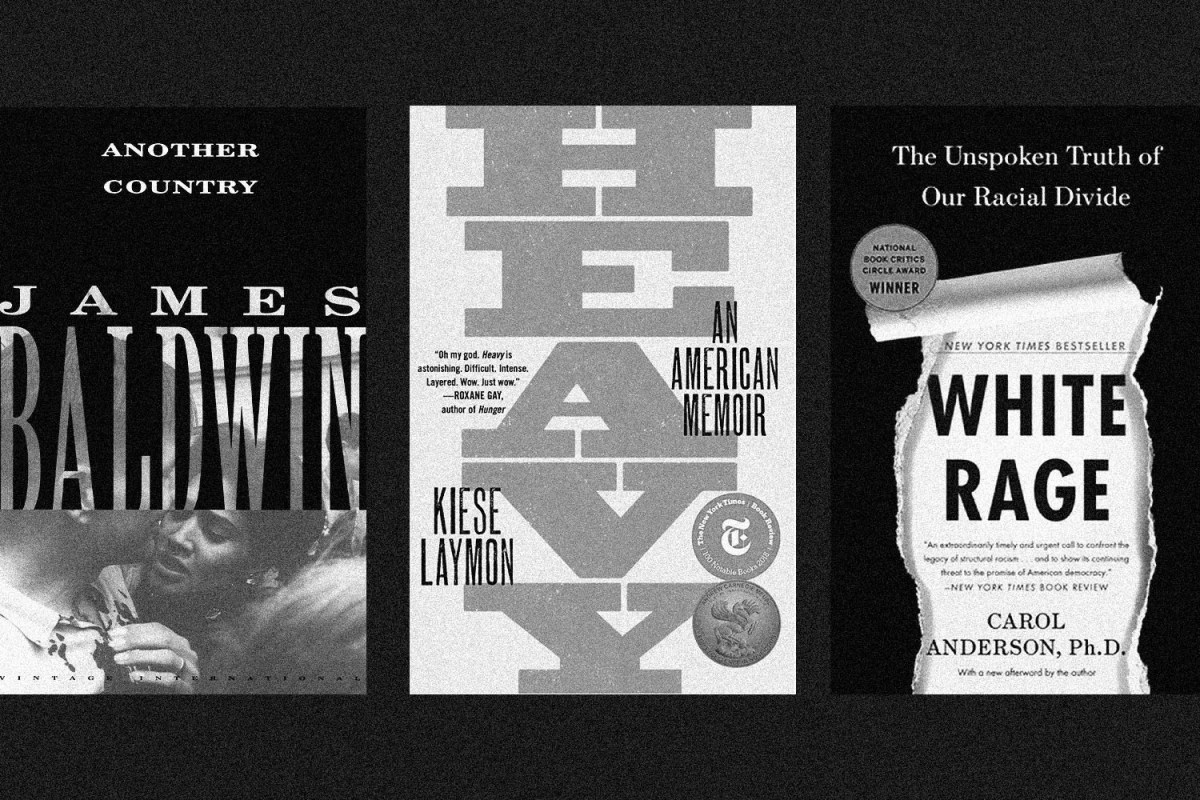If you’re feeling helpless in wake of the current response to the death of George Floyd (in addition to the decades of unchecked and unjust brutality against Black Americans at the hands of law enforcement) yet feel compelled to take some sort of action, one of the most helpful things you can do is educate yourself on anti-Black racism and the lived Black experience. The literature regarding the subject matter is dense, from memoirs to speculative fiction to poetry, but together, they document the many ways in which systemic, institutionalized racism is ingrained into the fabric of this country and the society that inhabits it.
Below are 20 books that have helped our editorial staff better understand issues of race, injustice, oppression and privilege in America. If you feel like you could stand to learn something about those topics, consider this a good starting place.
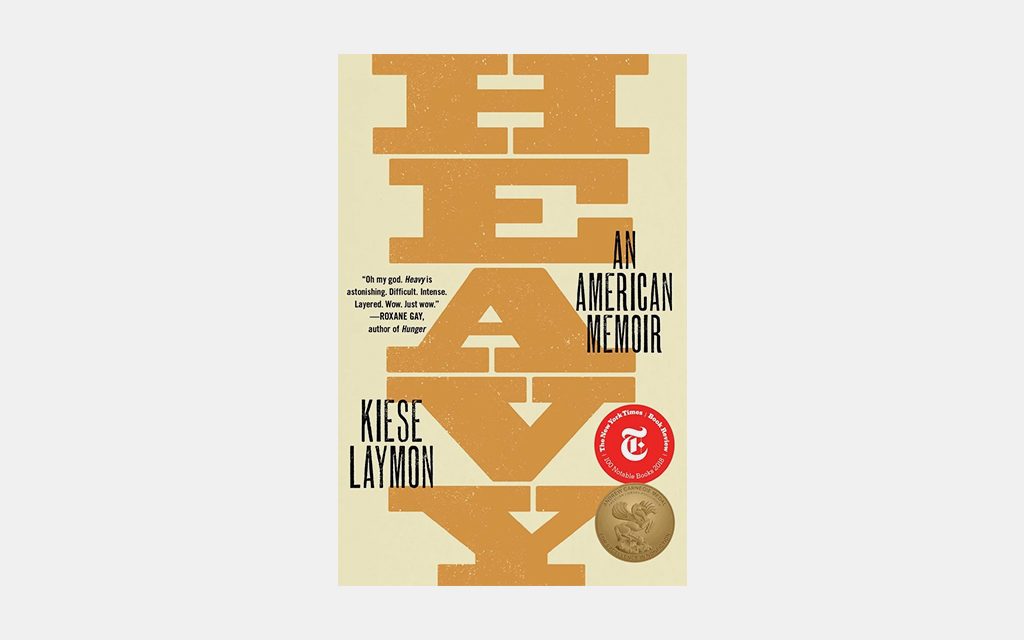
Heavy: An American Memoir by Kiese Laymon
What does it mean to inhabit the body of a black man in America? Kiese Laymon attempts to answer this question in his memoir Heavy, as he recalls what it was like to grow up as a black child in the South, his relationship to his body and weight, and not only having to reckon with his Blackness for himself, but also others’ opinions and perceptions of it.
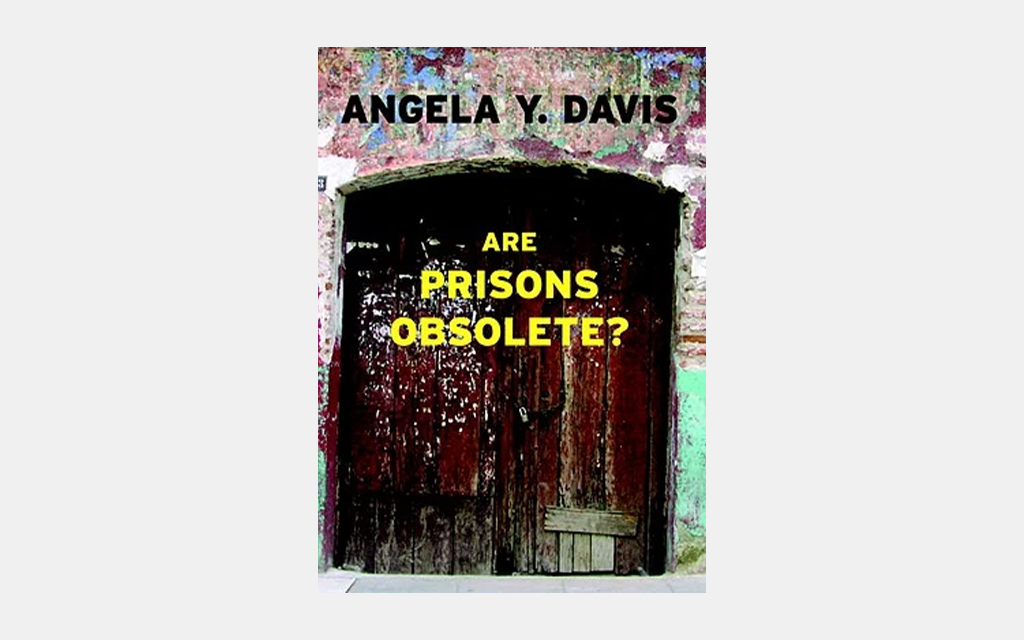
Are Prisons Obsolete? by Angela Y. Davis
Are Prisons Obsolete? proposes the next case for an abolition movement: the abolition of the prison. Davis looks to the many ways in which the tenets of slavery and segregation — systems nominally abolished — have carried over into a new system, that of the prison-industrial complex. The book makes the case for an upheaval of the whole system and the implementation of what Davis calls “decarceration.”

The Fire Next Time by James Baldwin
One of, if not the, most seminal works about the injustice that is inherent in being Black in the United States, James Baldwin’s 1963 book consists of two “letters” written in response to the centennial of the Emancipation Proclamation. The letters are a call to all Americans, both Black and white, to demolish and challenge the legacy of the country’s racism.
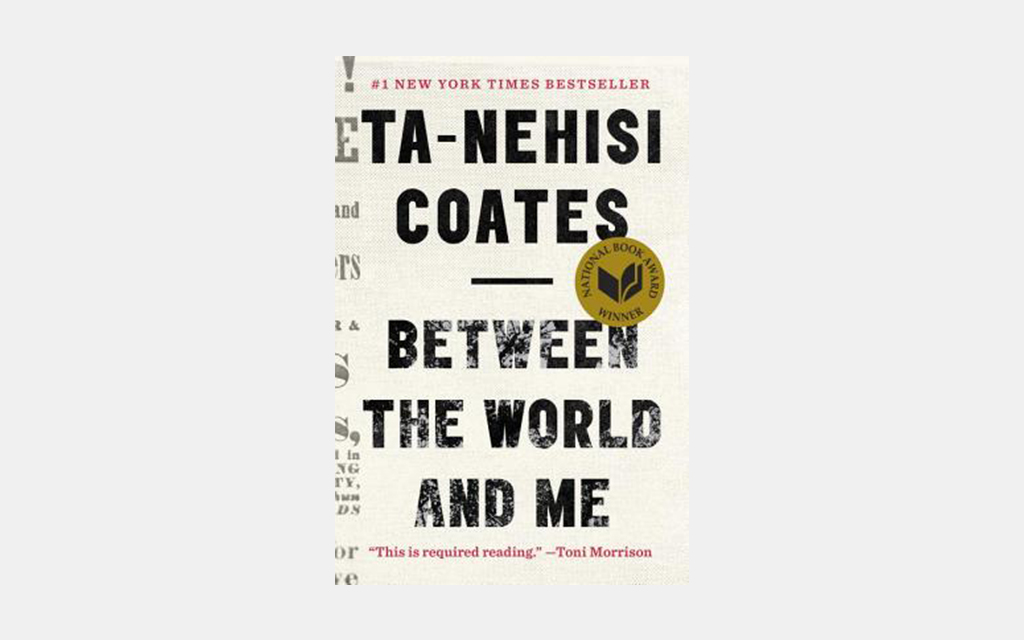
Between the World and Me by Ta-Nehisi Coates
Written in response to Baldwin’s The Fire Next Time, Ta-Nehisi Coates crafted this as a letter to his teenage son in an effort to prepare him for the realities of what it means to be Black in the United States, and the unfair repercussions that identity has on one’s day-to-day existence.
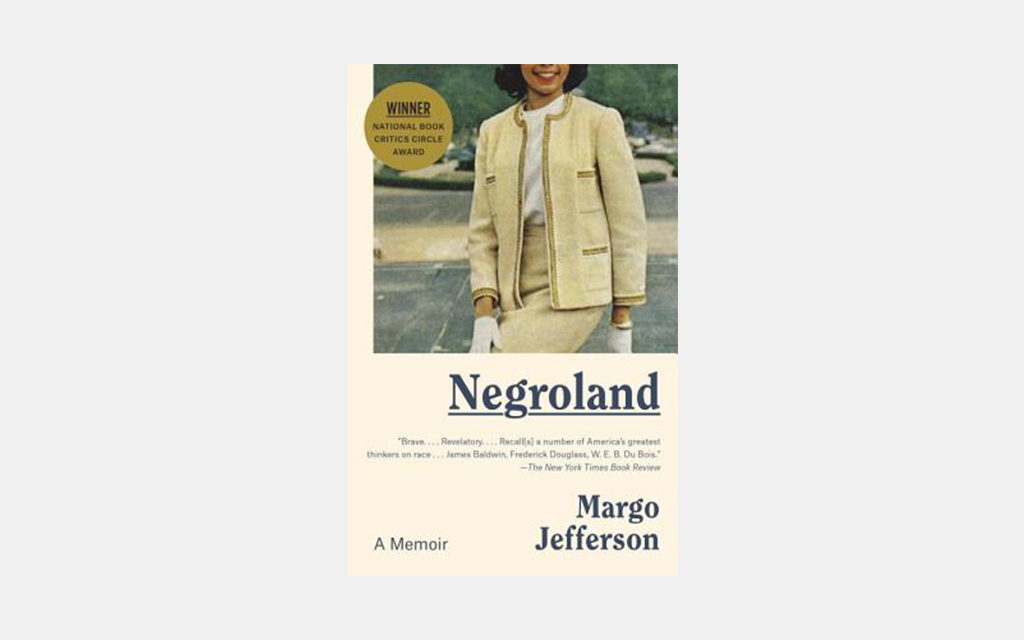
Negroland: A Memoir by Margo Jefferson
Margo Jefferson grew up in the Black upper-middle class of the 1950s and 1960s. Her memoir recounts the unwieldy territory of growing up in the upper echelon of society yet still being looked down upon by whites, only to then find oneself “not Black enough” for others.
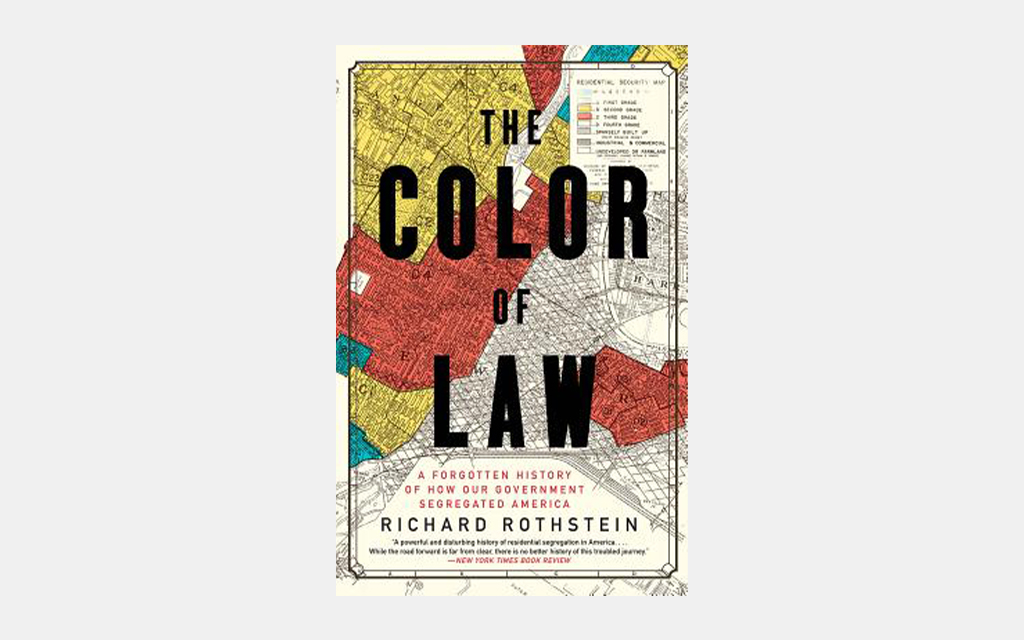
The Color of Law: A Forgotten History of How Our Government Segregated America by Richard Rothstein
The segregation of America’s cities and the neighborhoods within those cities was no accident, as evidenced by Richard Rothstein’s The Color of Law. Rothstein’s extensive research, which often includes firsthand accounts, details the many ways in which the government had a strong hand in enacting policies that would deny black Americans entry to neighborhoods that would then further provide them better access to schools and opportunities, and how those policies are still felt today.

Blood in the Water: The Attica Prison Uprising of 1971 and Its Legacy by Heather Ann Thompson
On September 9, 1971, following the killing of George Jackson at San Quentin State Prison, more than 1,000 inmates at the Attica Correctional Facility in Attica, New York, rioted and gained control, taking 42 members of the staff hostage. Heather Ann Thompson’s more than decade’s worth of research examines the legacy of the uprising and its importance as one of the most instrumental civil-rights stories.
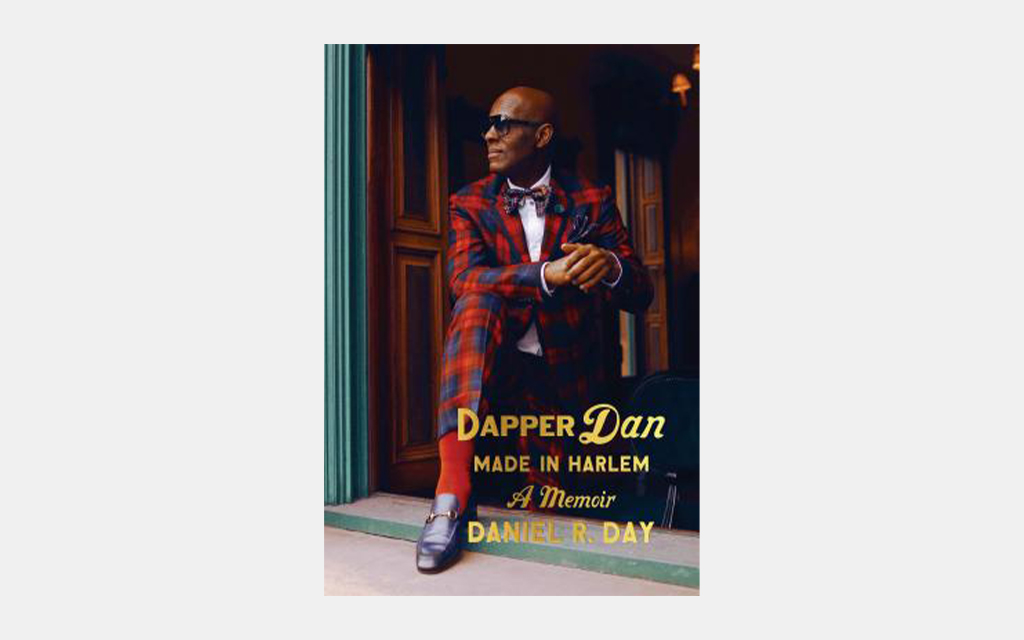
Dapper Dan: Made in Harlem: A Memoir by Daniel R. Day
It’s no secret that fashion loves to co-opt Black culture without adequately attributing credit, and Dapper Dan of Harlem is just one of many who has been victim to the fashion industry’s appropriative ways. His memoir gives credit where credit is due (which is to himself and Harlem’s Black residents) and details his meteoric — if challenging — rise to become one fashion’s most acclaimed visionaries.
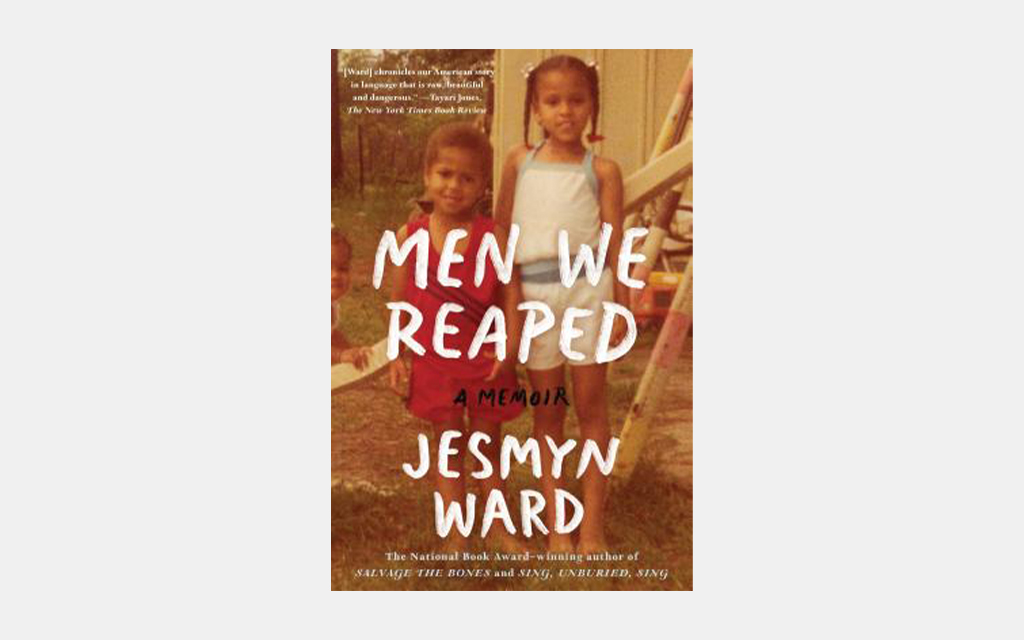
Men We Reaped: A Memoir by Jesmyn Ward
Jesmyn Ward’s memoir Men We Reaped pays tribute to the loss of five men in her life within the span of five years, and follows her as she struggles to answer the question that plagues many Black Americans who have lost a loved one from drugs, suicide, accidents or just the mere fact of being Black — Why?
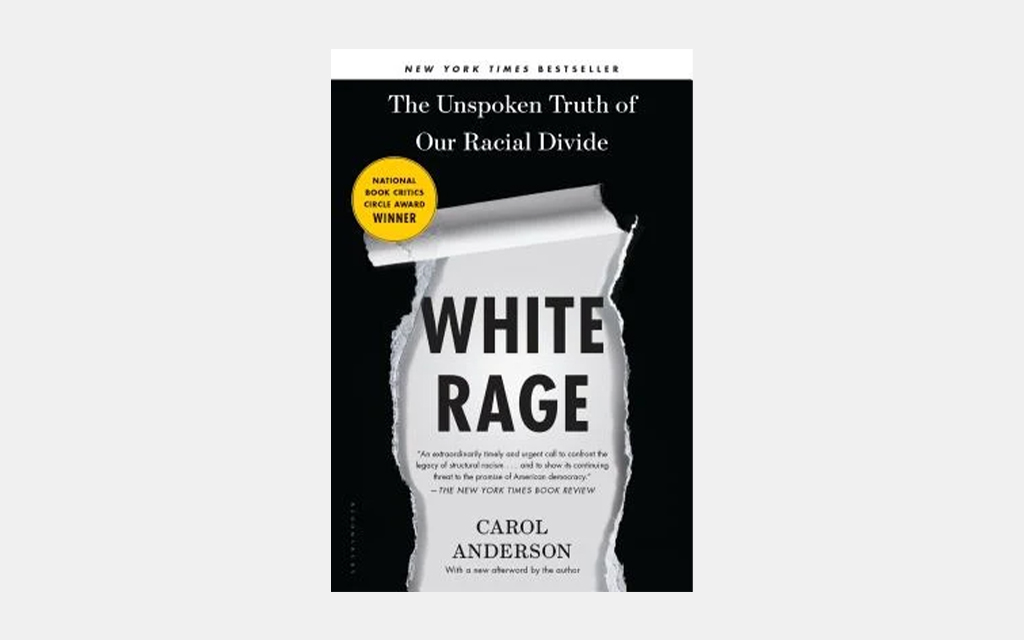
White Rage: The Unspoken Truth of Our Racial Divide by Carol Anderson
In 2014, following the protests in Ferguson, Mississippi in response to the murder of Michael Brown, Carol Anderson penned an op-ed for The Washington Post in which she argued that it was not “Black rage” at work, but rather white rage. From that op-ed came White Rage, a book that examines the storied history of white Americans’ backlash to any social power or advantage, however small, gained by Black Americans.
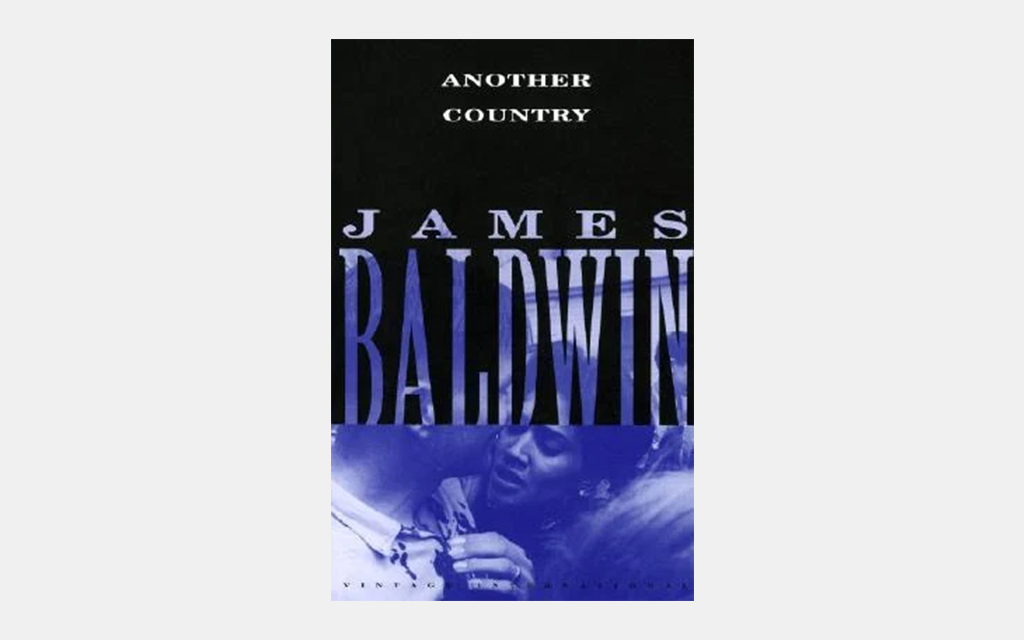
Another Country by James Baldwin
All of Baldwin’s works could be considered required reading, but few more so than his novel Another Country. Set in the Greenwich Village and Harlem of the late 1950s, the novel is a display of interracial love, one that does not necessarily celebrate it, but shows the reality — namely of the racial trauma it provokes for those involved.
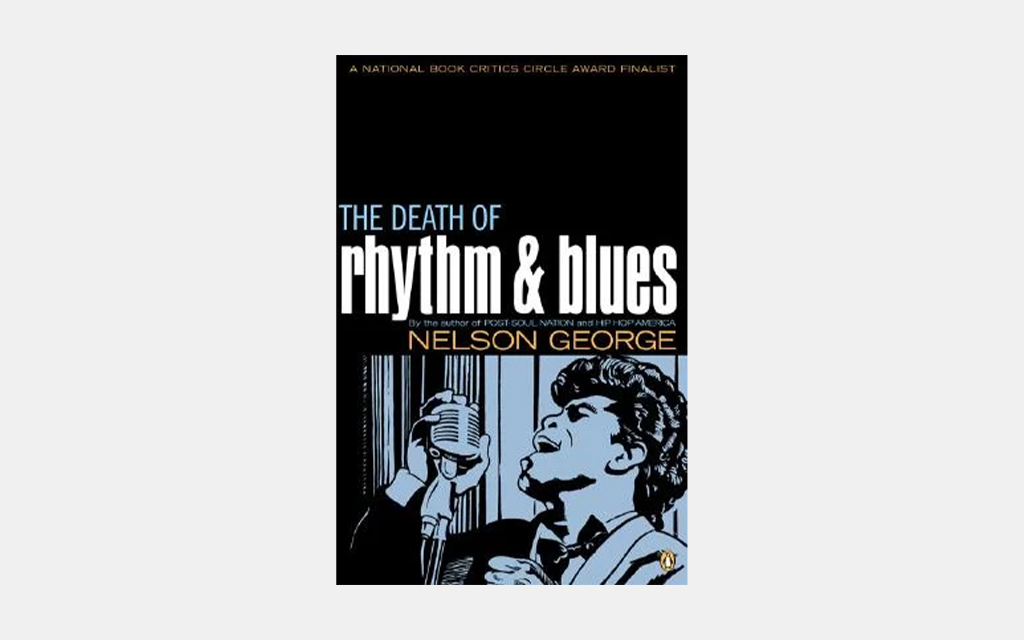
The Death of Rhythm & Blues by Nelson George
There’s no denying the impact of Black musicians and on American music as a whole, and this book from Nelson George chronicles the trajectory of Black music in modern America, starting with its prominence post-World War 1 and from there charting its increasing dilution and assimilation in order to appease the white masses (and what was lost in the process).
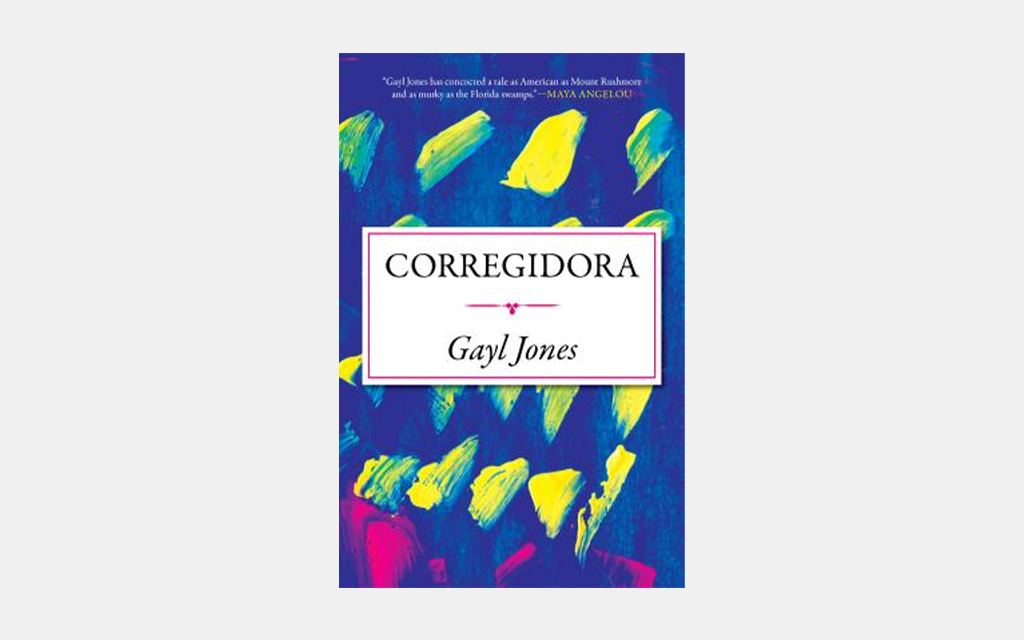
Corregidora by Gayl Jones
Corregidora tells the story of Ursa Corregidora, a blues singer in Kentucky who suffers a tragic loss and must reckon with her maternal history and the lasting memory of Corregidora, the Portuguese slavemaster who fathered both her grandmother and mother. It’s an examination in the way racial trauma is inherited by each generation — especially as it pertains to Black women — and must constantly be confronted, as well as the toll that continuous confrontation takes.
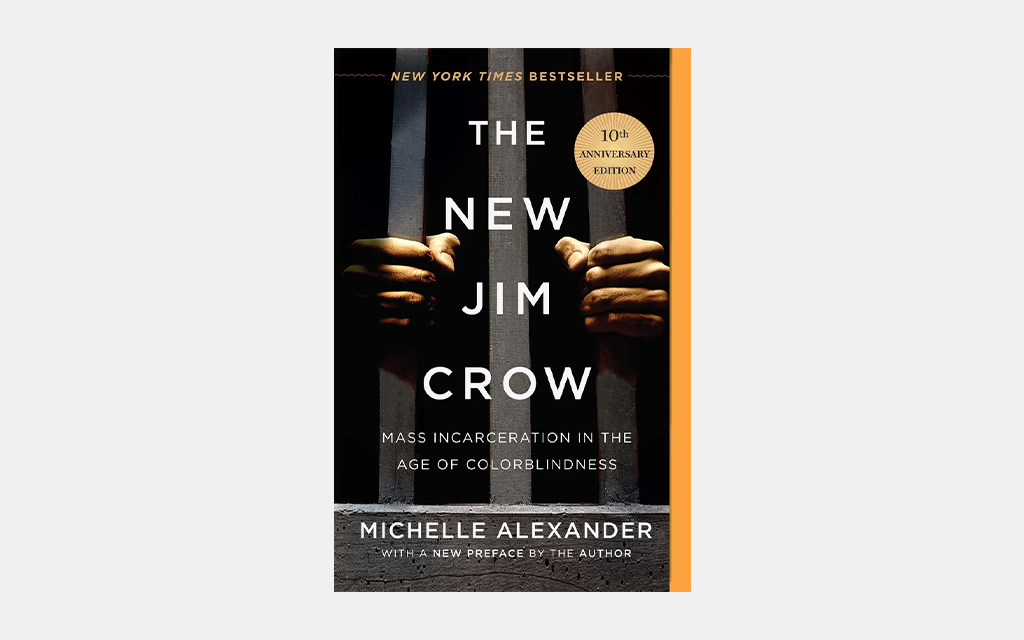
The New Jim Crow: Mass Incarceration In the Age of Colorblindness by Michelle Alexander
Published 10 years ago, Michelle Alexander’s study of how the U.S. prison system disproportionately targets African-American males unfortunately remains as pertinent as ever. For those who believe systemic racial discrimination effectively ended with the civil-rights movement, this book will help disprove that notion — resoundingly.

The Bluest Eye by Toni Morrison
Toni Morrison’s debut novel is a heartbreaking account of Pecola Breedlove, a young Black girl who prays and yearns for “beauty,” which she believes to be blonde hair and blue eyes. As Breedlove is constantly bullied by her peers for her racialized features, Morrison highlights the Eurocentric beauty standards that predominate in the United States, and the damaging effects these “ideals” have on Black children, and especially Black girls.
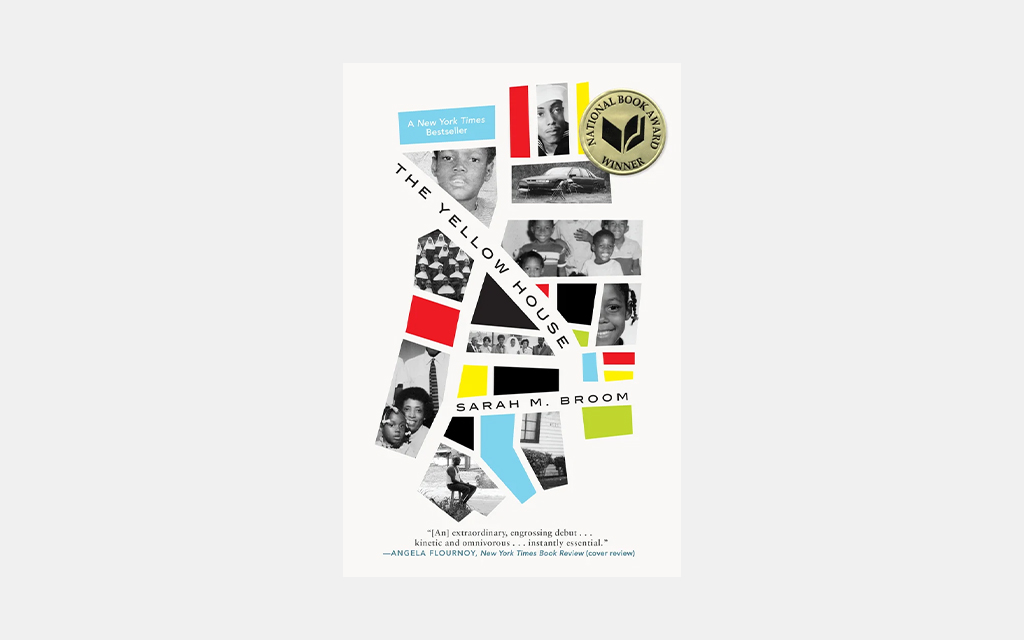
The Yellow House: A Memoir by Sarah M. Broom
In 1961, author Sarah M. Broom’s mother bought a house in the then burgeoning neighborhood known as New Orleans East. In 2008, that house was destroyed by Hurricane Katrina. This memoir details the blatant disregard for one of New Orleans’ most neglected areas in the face of a deadly natural disaster, starkly contrasted with the care reserved for the city’s neighborhoods predominantly frequented by white tourists.
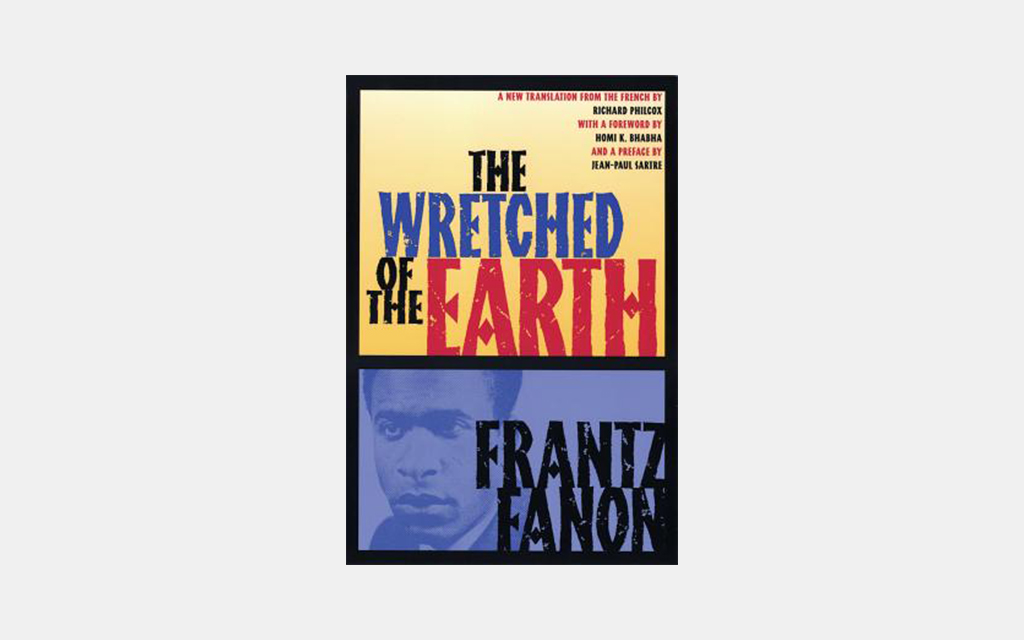
The Wretched of the Earth by Frantz Fanon
You cannot talk about the history of the United States without talking about colonization. Psychiatrist’s Frantz Fanon’s The Wretched of the Earth provides an analysis of those who have been colonized and their ongoing attempts to regain freedom. Fanon manages to capture the (justified) rage felt by the colonized, and the necessary violence that must be enacted to effect change in the face of oppressors.
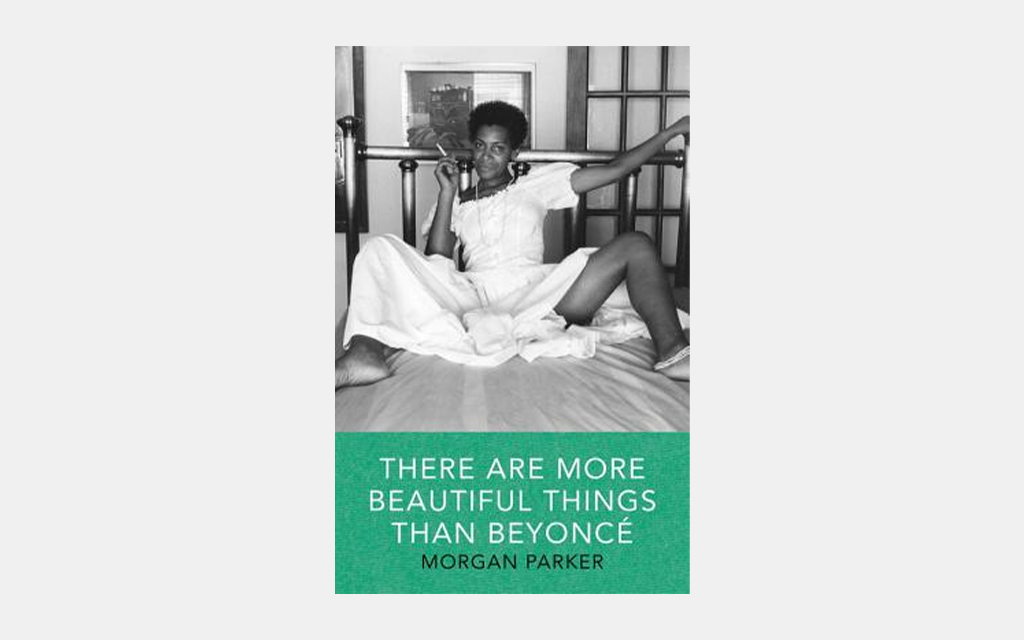
There Are More Beautiful Things Than Beyoncé by Morgan Parker
Morgan Parker’s collection of poems bears witness to Black womanhood and the complexities it entails, like the desire to simultaneously exude strength while also yearning to be vulnerable.
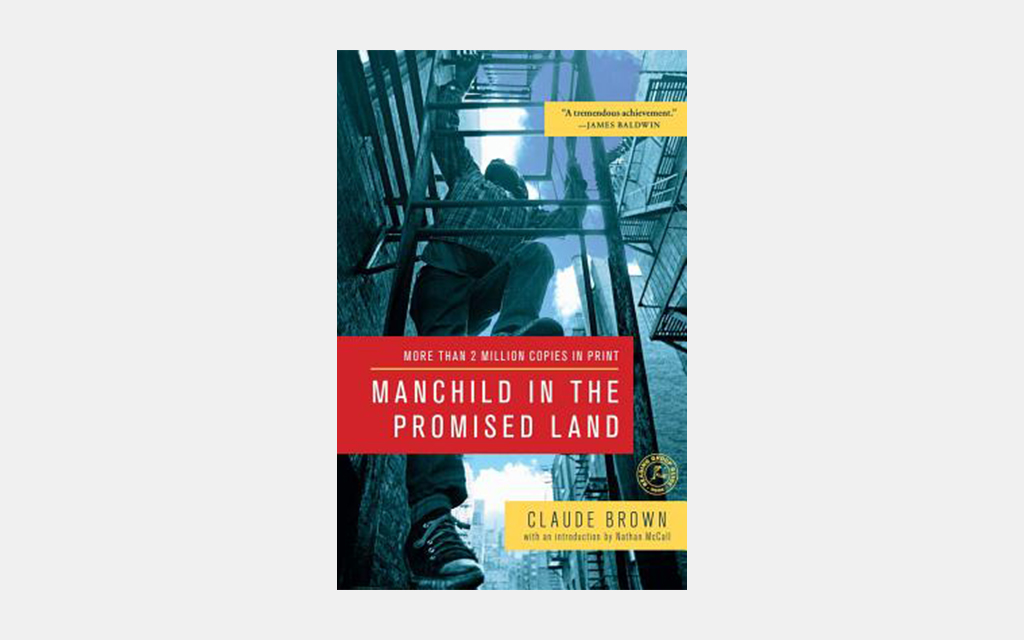
Manchild in the Promised Land by Claude Brown
Upon its publication in 1965, Claude Brown’s Manchild in the Promised Land was praised for its raw account of the lives of Black youth in Harlem during the 1940s and 1950s. The book follows author Claude Brown as he comes of age in a Harlem prevalent with poverty, violence and drugs, and serves as one of the first accounts of a generation that was raised in these urban environments.
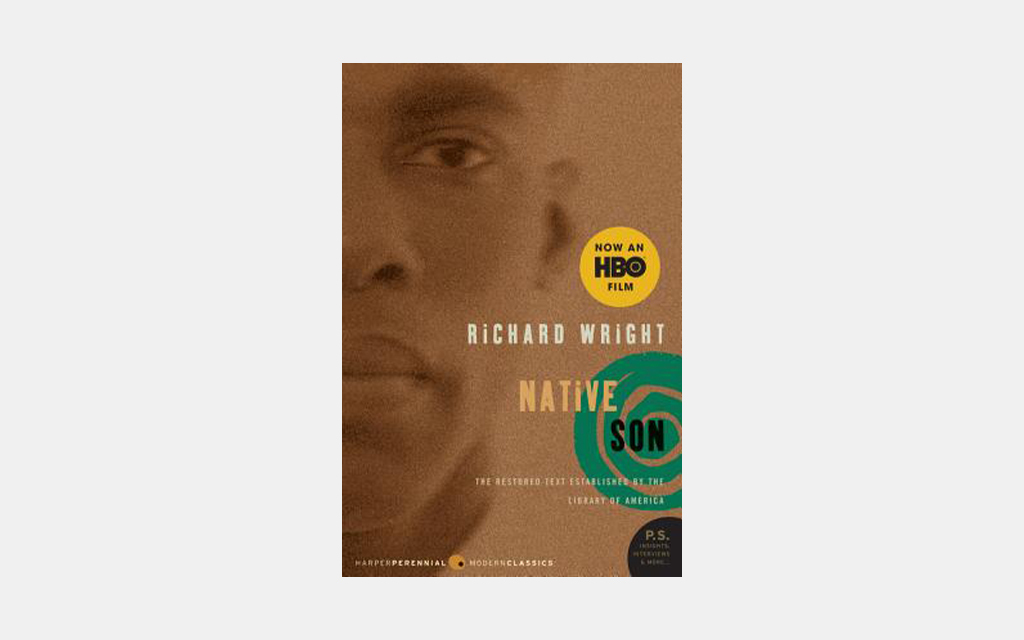
Native Son by Richard Wright
Though it has attracted its share of criticism in the decades since its publication — including from James Baldwin, who largely dismissed the book as “protest fiction” that relied too heavily on stereotypes of the Black experience — there is no questioning the massive influence of Richard Wright’s most famous novel, which portrays the plight of Bigger Thomas, a young Black man for whom prejudice and circumstance conspire to dole out a cruel fate. Tragically, its influence remains as relevant today as it did in 1940.
Note: InsideHook typically earns a (modest) profit when you buy books through the links in articles like this one. In this case, any money we earn for referrals will in turn be donated to Reclaim the Block, an organization committed to investing in housing, youth programs, violence prevention and more in Minneapolis.
This article was featured in the InsideHook newsletter. Sign up now.
